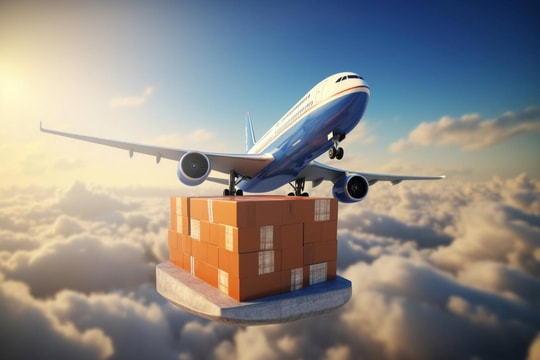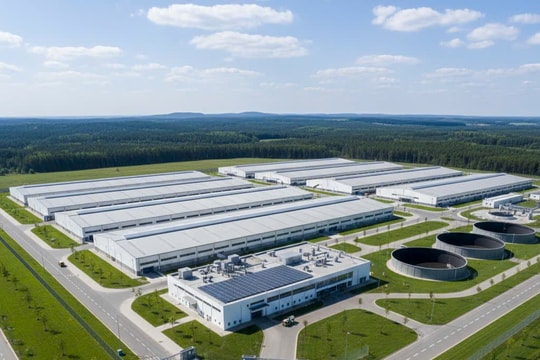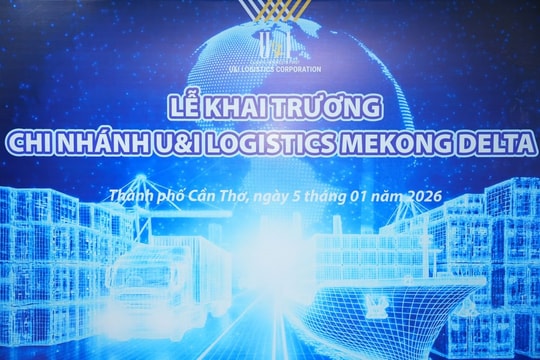
The Context of New Trade Policies
In recent years, global trade policy changes have become increasingly complex due to various factors: strategic competition between major economies such as the U.S. and China, the impact of the COVID-19 pandemic, and geopolitical conflicts like the Russia-Ukraine war. Many countries have withdrawn from or revised free trade agreements and reinforced protectionism to safeguard domestic manufacturing industries.
Specifically, the U.S. has restructured trade agreements such as NAFTA (now USMCA), imposed tariffs on Chinese goods, and more recently, restricted high-tech exports. The EU has tightened origin checks and import standards, while Asian countries like India and Vietnam have adjusted tariffs to boost local production.
The rapid and inconsistent changes across regions have posed major challenges for logistics planners. The flow of goods is no longer as stable as before, demanding supply chains to be highly responsive—almost in real-time.
Many countries are encouraging domestic production to reduce dependence on imports, which directly affects global trade flows and requires logistics companies to adapt their operational strategies.
Impact on Costs and Delivery Times
One of the most direct and visible consequences of these new trade policies is the rising logistics costs, particularly in international transportation. When countries impose higher tariffs or technical barriers, the associated costs go beyond just the tariffs themselves—they include compliance, documentation, inspections, origin certification, and warehousing due to delays.
In the container shipping industry, carriers are being forced to alter routes or reroute goods through new transshipment hubs to avoid restrictive policies. This extends delivery times, increases demand for shipping capacity and empty containers, and has led to skyrocketing ocean freight rates during volatile periods such as in 2021.
Businesses that fail to quickly adapt to these cost fluctuations risk shrinking profit margins or losing customers due to their inability to ensure consistent delivery timelines.
Companies are now seeking to diversify their supply sources and shipping routes to mitigate risks from trade protectionism and ensure continuity in their supply chains.

Shifts in the Supply Chain
New trade policies are shifting the concept of “globalized supply chains” toward more decentralized and regionalized models. Risks associated with over-reliance on a single source (e.g., dependence on China for electronics or pharmaceuticals) are prompting businesses to diversify both the geography of production and the supplier base.
Many firms have adopted the “China +1” strategy—maintaining operations in China while expanding into countries like Vietnam, Mexico, or India. At the same time, reshoring (bringing production back home) and nearshoring (moving production closer to the target market) are also gaining momentum.
As a result, logistics companies are being pushed to restructure their warehouse networks, invest in more complex management systems to monitor decentralized supply chains, and maintain predictive and responsive capabilities to handle unexpected policy changes in different regions.
Technology as a Tool for Adaptation
Faced with the rapid pace of trade policy shifts, technology has become an indispensable tool for logistics firms to maintain competitiveness and adapt promptly. Transportation Management Systems (TMS), Warehouse Management Systems (WMS), and integrated supply chain platforms enable real-time tracking of goods, shipment timelines, and emerging costs.
AI and machine learning are particularly useful in forecasting policy trends, pricing shifts, and consumer behavior, helping businesses plan smarter import-export strategies. Meanwhile, blockchain technology is increasing transparency in product origin—a critical factor in overcoming technical barriers in developed markets.
Big data analytics systems also allow companies to evaluate performance across specific regional markets, helping them decide where to scale up, scale down, or maintain supply chain operations. Technology is not just a solution—it is a survival advantage in today's policy-shifting landscape.

“We are heavily investing in technology and workforce training to ensure we can adapt quickly to any changes in global trade policy.” — John Smith, CEO, ABC Logistics Company
New trade policies are creating significant challenges for the logistics and global supply chain sector. However, with agile adaptation and modern technological applications, businesses can overcome these difficulties and uncover new opportunities in the evolving landscape.



.jpg)

.jpg)
.jpg)

.png)
.png)
.png)


.png)
.png)






.png)

